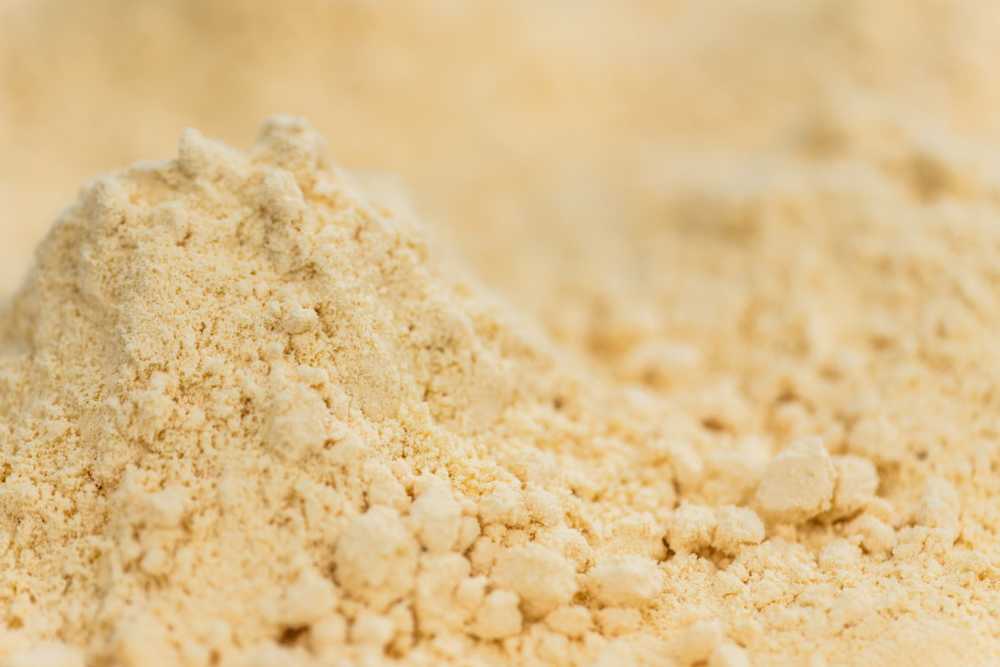Powder characterization plays a key role in product design, quality control, and process optimization in several industries. Powdered materials have a range of physical properties that should be analyzed during the process, including particle size and shape, surface morphology, density, porosity, and flow properties.
Measurlabs offers a comprehensive range of powder characterization services for manufacturers in different industries, enabling a deeper understanding of powder behavior, optimization of production processes, and enhancement of product quality.
When is powder characterization needed?
A deep understanding of powder properties is crucial in several industries. Examples of applications include:
Ensuring consistent drug formulation, optimal dissolution rates, and dosage uniformity in the pharmaceutical industry
Achieving the desired texture, flavor release, and stability in food and beverage production
Optimizing consistency, texture, stability, adhesion, and application properties in the cosmetics industry
Improving grinding and milling processes in mining and minerals
Optimizing strength, porosity, and sintering behavior of ceramics and construction materials
Determining whether powdered food, feed, or cosmetics contain nanoparticles to assess the need for a nano-specific risk assessment according to EFSA guidelines or European Commission recommendations
Confirming that liposome powders contain particles with the characteristic round, bilayer structure.
Controlling nanoparticle properties in nanotechnology applications
Determining whether fine powders have the potential to combust or explode, necessitating special handling and transportation procedures to minimize risks
Assessing workplace safety hazards related to dustiness (i.e., generation of inhalable and respirable dust particles during handling)
Key powder properties and characterization techniques
A combination of several analysis techniques is generally required to obtain all the necessary information about the behavior of powdered materials. Some of the most crucial properties and the methods used to analyze them are outlined below.
Particle size distribution
Measured using techniques like laser diffraction and dynamic light scattering, the particle size distribution of powders is generally reported as a histogram showing the proportion of particles belonging to different size ranges. For the characterization of non-spherical particles, optical or electron microscopy techniques can be utilized.
Particle morphology
Referring to the combination of shape, structure, and surface characteristics, morphology can be analyzed using scanning electron microscopy (SEM), transmission electron microscopy (TEM), and optical microscopy. The most suitable method is chosen based on particle size, with TEM providing nanoscale (<50 nm) resolution, SEM being optimal for particles up to 200 µm, and optical microscopy being suitable for particles measuring at least 10 µm.
Porosity
The porosity of a powder refers to the ratio of empty volume between and within particles (interparticle and intraparticle voids, respectively) with respect to the bulk volume of the material. Porosity can be estimated using several analytical methods, including gas adsorption, micro-computed tomography (micro-CT), and electron microscopy.
Pore size distribution and cumulative pore volume analyses require a significant number of calculations and iterations. The most common theories are the BJH (Barrett, Joyner, Halenda) method, DFT (density functional theory), and the GCMC (grand canonical Monte Carlo) method.
Specific surface area
Defined as the total surface area per unit of mass, the specific surface area (SSA) of a powder affects many of its properties, such as adsorption capacity and reactivity. SSA is most often characterized using gas adsorption and the BET (Brunauer, Emmett, Teller) method. Usually, nitrogen is used as the adsorbing gas but krypton, argon, and carbon dioxide can also be used depending on the nature of the material.
A combination of gas adsorption and gas pycnometry can be used to determine the volume-specific surface area (VSSA). This can help identify nanomaterials, which have a high VSSA in comparison to conventional materials.
Powder flowability
Defined as the relative movement of the bulk of particles among neighboring particles or the wall of the container, powder flowability analysis provides quantitative and qualitative information about the material’s flow behavior. The main parameter of interest is usually the flowability index, which is calculated as a function of the following properties:
Aerated bulk density: weight per unit volume when the material is in a loosely settled state.
Tapped bulk density: weight per unit area when the material has been mechanically tapped to its most compact state.
Compressibility: the powder’s ability to decrease in volume under pressure. This is usually measured by the Hausner ratio or the Carr index*.
Angle of repose: the steepest angle (relative to the horizontal surface) at which a material can be heaped without collapsing due to gravity.
Angle of spatula: the angle at which the powder starts sliding when placed on a flat surface that is being tilted.
Uniformity coefficient: the ratio of D60 to D10** in the cumulative weight-based particle size distribution, indicating the broadness of the distribution.
Choice of testing conditions and techniques
Powder flow properties should be tested in the environmental conditions (humidity, temperature, etc.) that the material is going to be stored, processed, or used in, as this helps obtain an accurate picture of real-world behavior.
Measurlabs offers powder characterization services for all types of materials, from cosmetic ingredients and pharmaceuticals to construction materials. Our testing experts can also help you choose the methods most suitable for your material, based on its characteristics. Contact us through the form below to request a quote, and we'll get back to you in one business day.
Notes:
* The Hausner ratio is the ratio of tapped density to bulk density. The Carr index is the difference between the tapped density and the bulk density, divided by tapped density and multiplied by 100 to get a percentage.
** D60 and D10 indicate the particle sizes at which 60% and 10% of the particles, respectively, are smaller.

